Regardless of what you think about the city, most people who have visited Zurich, Switzerland, will agree on one thing: It’s very expensive. On indices that compare the prices of Starbucks grande lattes (CHF6.80, or RMB46) and McDonald’s Big Mac sandwiches (CHF6.50, or RMB44) across the globe, Switzerland almost always comes out on top.
If you think going for dumplings or Chinese noodle soups would be a more economical choice, think again. As a frequent visitor to the Swiss financial capital, and someone who is not a big fan of cheese and cold-cuts, I started to look for more dining alternatives to the local staples on recent trips. While searching for the flavors of home, I encountered what were probably the most expensive baskets of xiaolongbao (CHF16, or RMB108 for five pieces), and bowls of hongshao beef noodles (CHF25, or RMB170) I’ve ever seen. Simply put, dining out in any capacity here is a luxury.
For many North Americans who grew up watching sitcoms like Friends and Big Bang Theory, the first impressions of ‘Chinese food’ tend to be cheap, Americanized dishes like sweet-and-sour pork or General Tso’s chicken, served in white oyster pail boxes and best enjoyed during a movie or board game night at home. These dishes, as we know, almost never appear on the menus of restaurants on the Chinese mainland.
In Switzerland, a country that’s predominantly white and with a miniscule Chinese population, the general understanding of Chinese cuisine among locals is also somewhat obscure. (Note: According to a 2017 government census, only 0.2 percent of Switzerland’s permanent residents are from the PRC.)
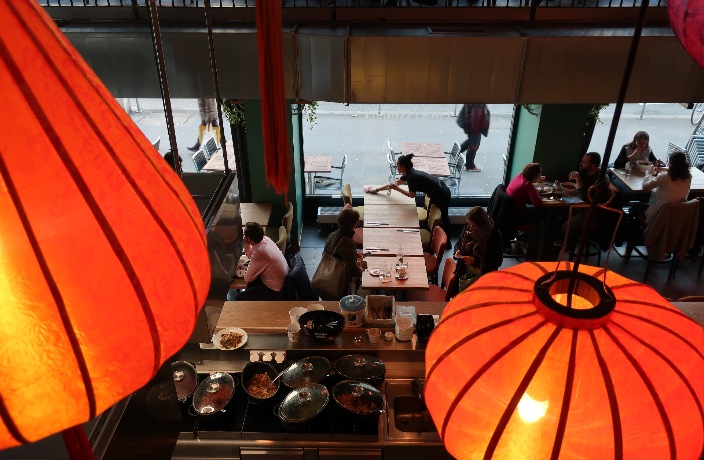 Lunch time at Lucky Noodle in Zurich. Image by Dominic Ngai/That's.
Lunch time at Lucky Noodle in Zurich. Image by Dominic Ngai/That's.
Growing up in a small town just outside of Zurich, writer Sandra Bachmann has been visiting Chinese restaurants with her family since she was a kid (in the early 1990s). “Back then, Chinese restaurants mostly served Cantonese cuisine, probably because most of these places were run by immigrants from Hong Kong or Guangdong. What’s also interesting is that they would often also serve sushi, Thai curry and other Asian dishes as well.”
Some 25 years later, this ‘kitchen sink’ strategy in menu planning is still commonly adopted. Walking down Langstrasse today, a street filled with a colorful mix of restaurants serving cuisines as diverse as a hotel buffet spread, you will find venues that declare themselves categorically as ‘Asian restaurants’ (many are run by Chinese operators). Inside, an overwhelming menu that reads like an encyclopedia of every single Asian dish under the sky awaits.
“I’ve actually spoken to some of these restaurants and encouraged them to become more focused on just Chinese food. Though many of them believe [having every Asian cuisine under one roof] is what Swiss customers want. They’re afraid that if they stop serving other Asian dishes, their customers will be disappointed,” she tells me.
In 2016, Bachmann – a University of Zurich graduate who studied political science and Chinese language and literature – founded the Zurich Chinatown website, a virtual space where her team curates restaurant listings, an events calendar and pretty much everything related to Chinese culture happening around town. Since then, they’ve managed to rack up a loyal following among foodies of all nationalities and the city’s small Chinese community. (Zurich itself does not have a physical Chinatown).
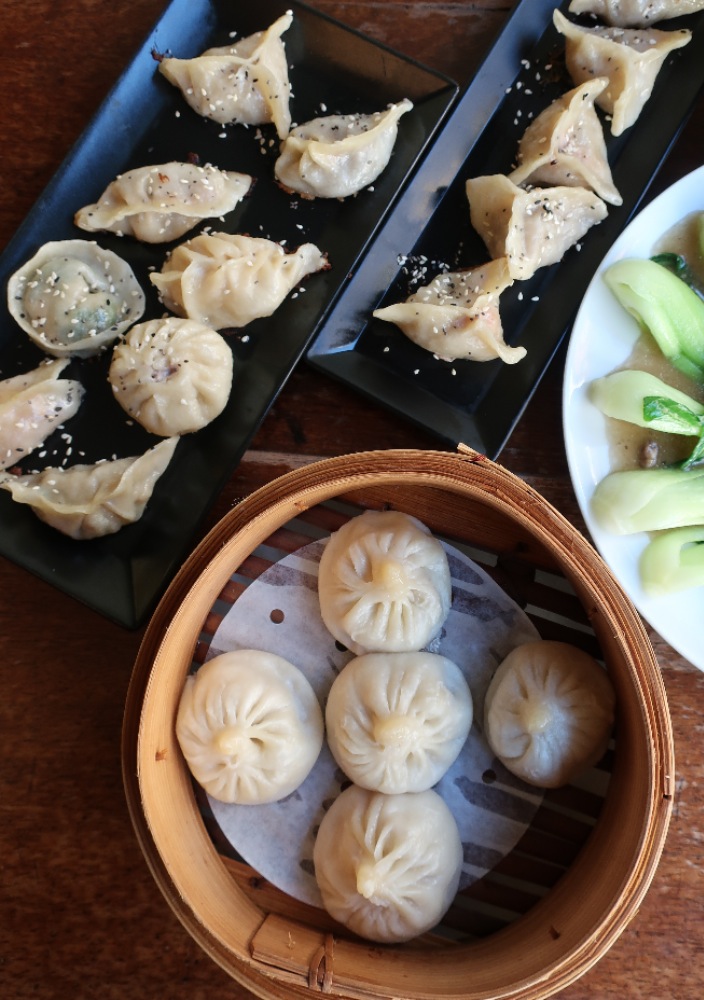 Various kinds of dumplings at Lucky Dumpling. Image by Dominic Ngai/That's.
Various kinds of dumplings at Lucky Dumpling. Image by Dominic Ngai/That's.
Contrary to the beliefs of the aforementioned restaurateurs, however, Bachmann noticed that in the past few years, an increasing number of new eateries have started to drill down on the specifics of different regional Chinese cuisines (Sichuan and Dongbei) or dishes (baozi, hot pot, dumplings and noodles). This is a movement that has also been happening in world capitals like New York and London over the past decade or so. In 2017, New York Times food critic Pete Wells named a Yunnan and a Sichuan restaurant among his 10 favorite openings of the year, while a Hunan-style noodle joint in the East Village also became one of his top picks in 2018. Lesser-known regional cuisines are beginning to steal the limelight from their Cantonese and Shanghainese cousins.
Among Zurich’s new wave of entrants are Lucky Dumpling and Lucky Noodle, a pair of restaurants opened by Angel Liu in 2016 and 2017, each focusing on their namesake dishes, all made from scratch with local ingredients and no additives. The Anhui native and longtime F&B entrepreneur, who moved to Zurich with her British husband about seven years ago, admits she struggled with translating some of her favorite home-style Chinese dishes to Swiss diners in the beginning.
“At first, some diners were stunned when they saw the Sichuan chicken (laziji). To them, the mala flavor was like an electric shock… there were also many customers who kept asking for curries,” Liu says, recalling the frustrating early days of Lucky Dumpling. Many locals, she says, think that Chinese food is just Thai curry and sweet-and-sour chicken. But instead of caving in completely to those demands like others have, Liu has figured out ways to adapt to the local market without diluting her devotion to sticking to a purely Chinese menu.
“Some diners were stunned when they saw the Sichuan chicken. To them, the mala flavor was like an electric shock”
Concessions include making adaptations to the recipes of certain dishes, although the road to reaching a balance is an ongoing trial-and-error process. In dishes like ‘twice-cooked pork’ (huiguorou), pork neck is used as a substitute for pork belly to cater to the locals’ aversion to fatty cuts of meat.
Similar to Sichuan chicken, the shuizhu beef is also a tough sell to many locals. “You have to be very careful about the amount of spice used, and allow customers to choose how spicy they want it. We actually use two kinds of chili peppers – a local variety (more mild) and the ones from Sichuan – depending on who we’re serving,” Liu explains, adding that the amount of oil must also be reduced. While they aren’t to everyone’s taste, these dishes still remain as staples of the menus of Liu’s restaurants as her argument to the general misconception of Chinese cuisine.
Going back to the issue of pricing, both Liu and Bachmann believe that while Chinese food in Zurich is often several times more expensive than what you’d pay back in China, they’re in line with the general cost of dining out, which is relatively standard considering the average wages earned in Switzerland are also much higher. “Dishes like handmade dumplings and noodles are very labor intensive, and people are willing to pay more for it, especially if they are good,” Zurich Chinatown’s Bachmann adds.
Many Chinese restaurants in Zurich, she notes, often have a ‘special menu’ (written in Chinese instead of the standard German and/or English) available upon request for their Chinese guests and others whose palates are ready for a next-level challenge. These menus are usually where Bachmann would uncover all the hidden gems.
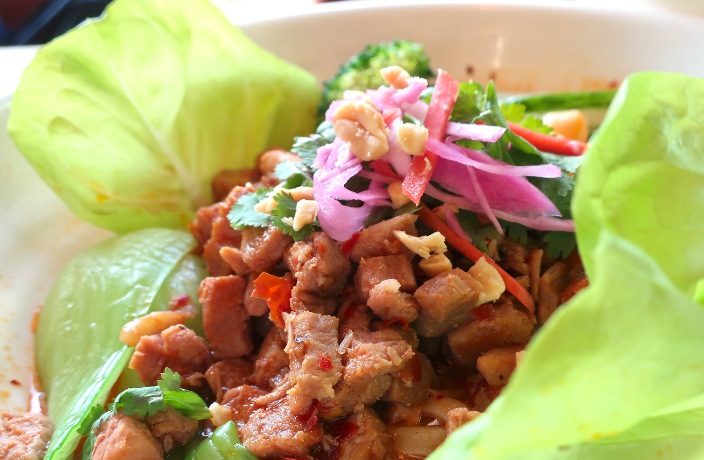 Dandan noodles topped with local veggies. Image by Dominic Ngai/That's.
Dandan noodles topped with local veggies. Image by Dominic Ngai/That's.
At Lucky Noodles, for instance, the Sichuan chicken not only features a customizable level of spice, there would also be the options of using the deboned meat from the leg or the whole chicken, which is more flavorful but only popular among Asian guests who are used to picking out the bones themselves.
“It takes a long time,” Liu admits, “to change the perception of what real Chinese cuisine is. It’s not just supposed to be fast and cheap, you know? There’s definitely a market for more upscale options in a city like Zurich.”
During our visit at a busy weekday lunch shift, Lucky Noodle was packed. A group of German speaking diners nearby were served what looked like bowls of dandan noodles topped with heaps of chili oil. Unfazed by the sight of the red-colored dishes, they began digging in with pretty decent chopsticks skills.
“We’re pretty proud of what we’re doing,” Liu reaffirms. “We obviously can’t make 100 percent of the people who come through our doors happy, but if we can satisfy 90 percent of them, then we’ve already succeeded.”
Cover image by Dominic Ngai/That's. Find out more about Zurich Chinatown here. Find out more about Lucky Dumpling here, and Lucky Noodle here.





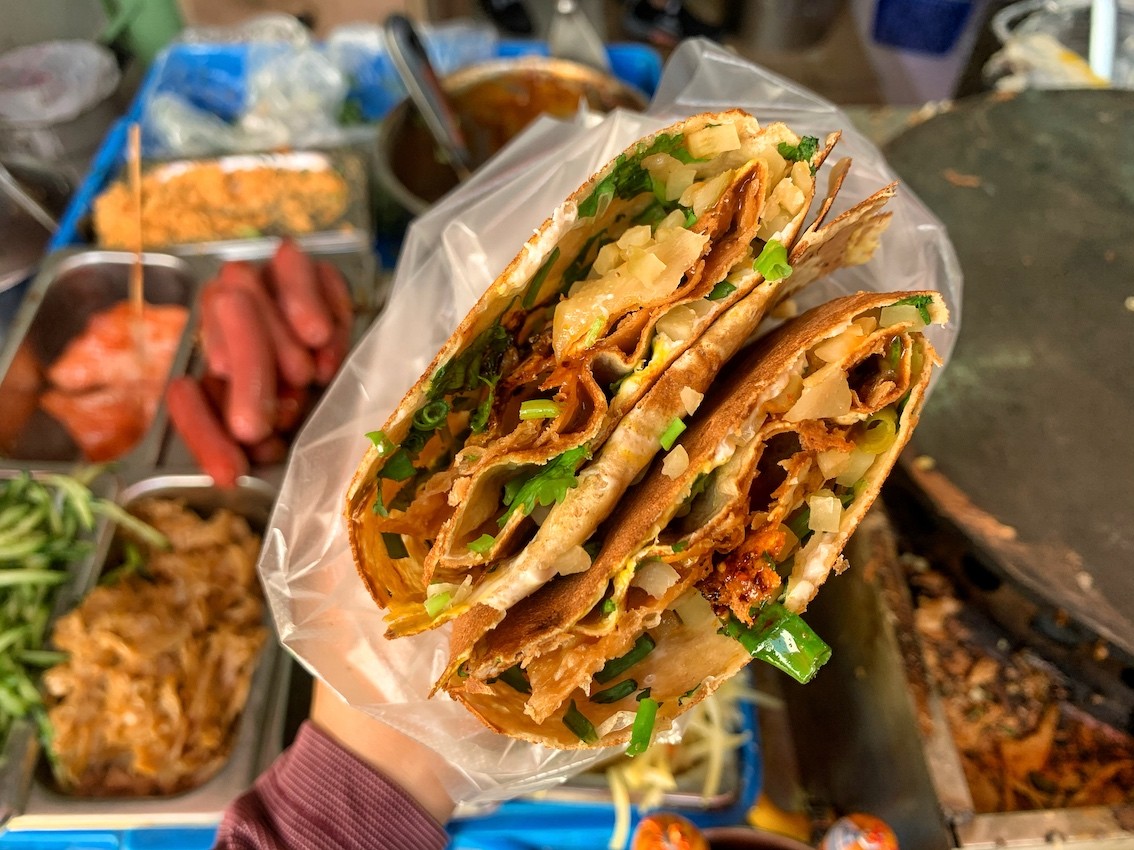
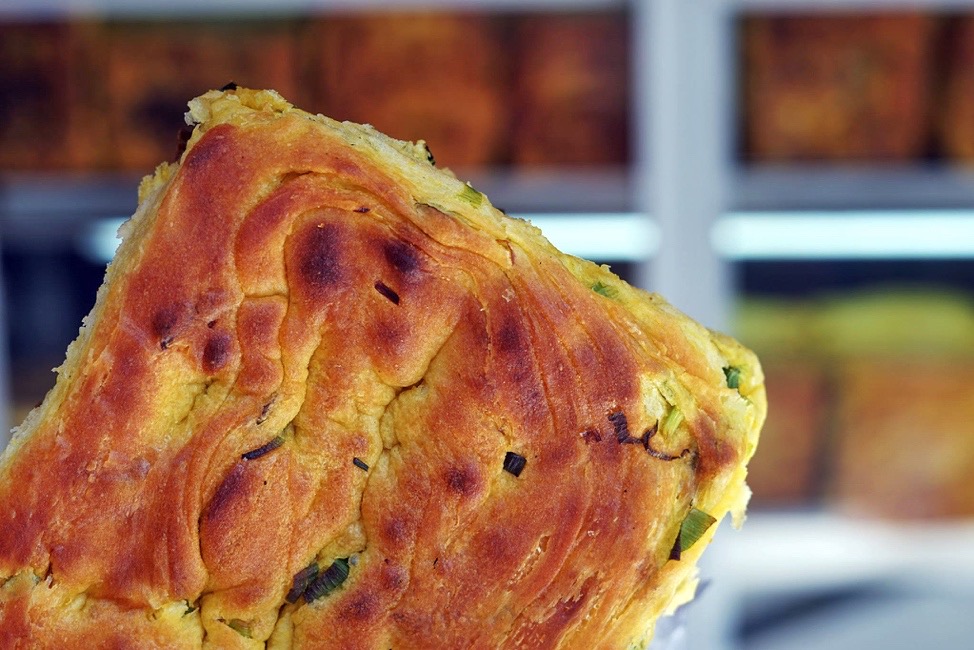
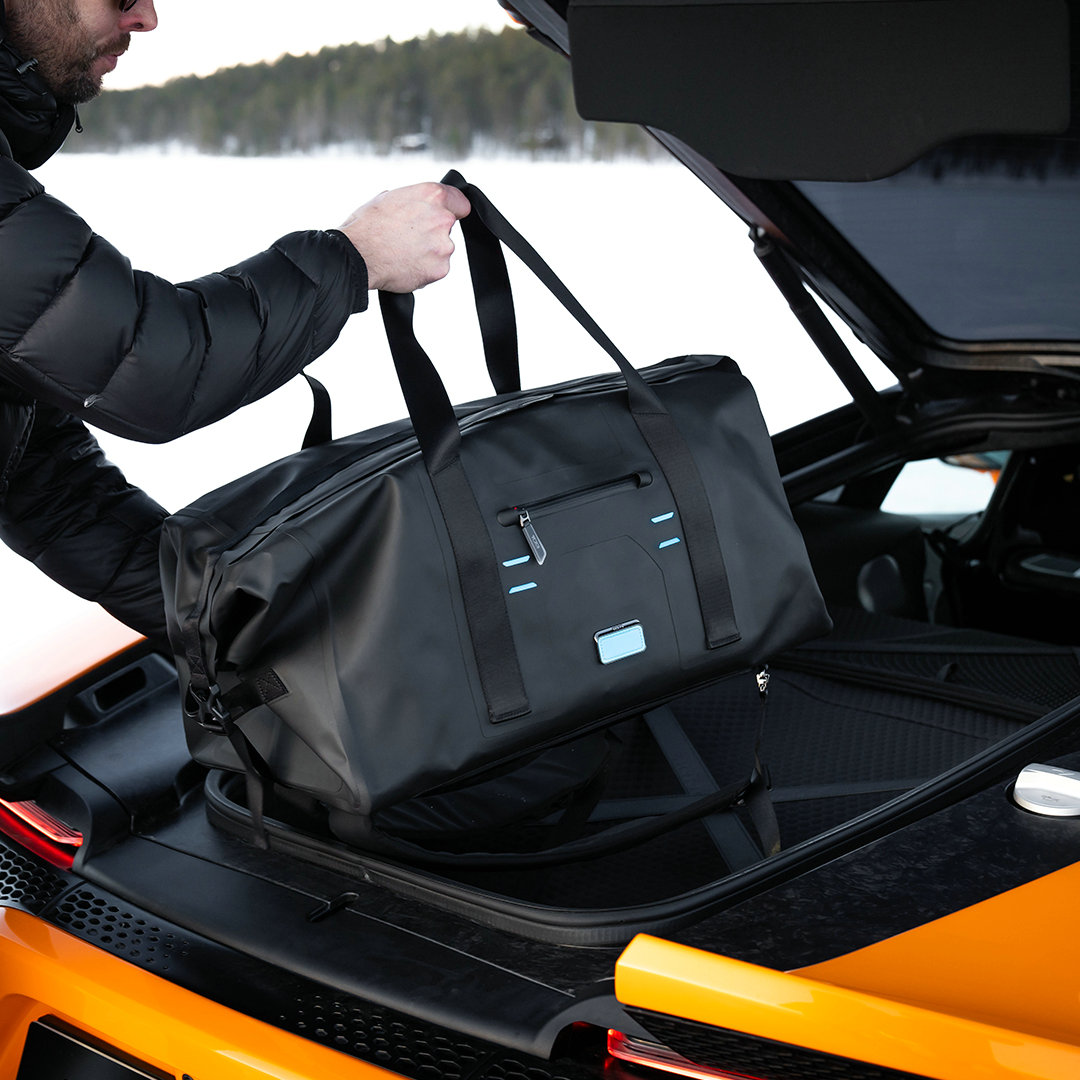














0 User Comments